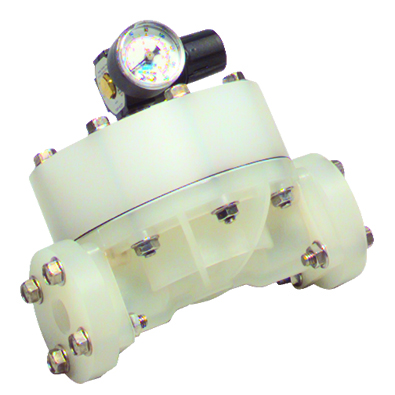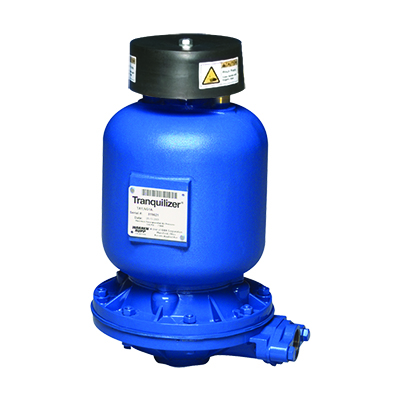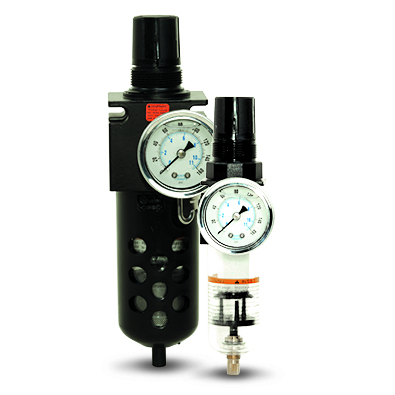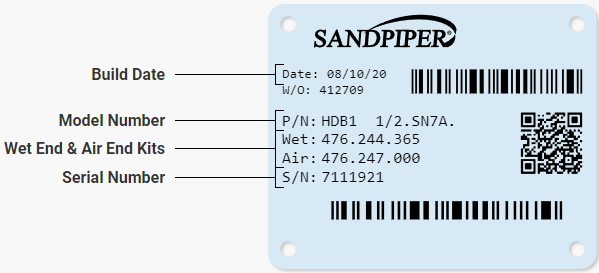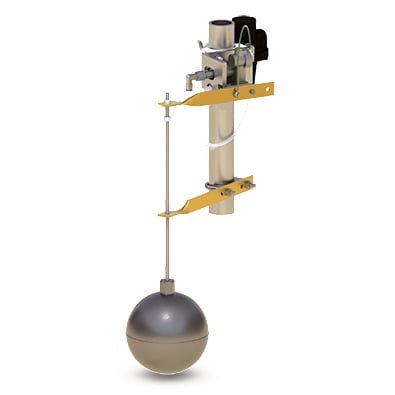Lithium-ion battery manufacturing is an evolving industry. With that evolution comes change and continuous improvement in technology and processes. Standards are being set and best practices are being developed as we speak. As in many industries today, changes to lithium battery manufacturing processes are driven by precision, reliability, and efficiency. Sustainability and safety are other key priorities battery plant engineers must consider.
For these reasons and more, air-operated double diaphragm (AODD) pumps are an indispensable tool throughout the lithium battery manufacturing lifecycle. As you read through the seven stages of the lithium battery manufacturing process below, you’ll see why AODDs are a robust, reliable option for your operation.
1. Raw material handling and preparation
Fluid transfer is a key part of the earliest stage of lithium battery manufacturing. AODD pumps excel at transferring fluids, including harsh chemicals and viscous, caustic materials, from point A to point B. They come in a wide range of materials, ensuring you can select a pump that’s compatible with just about any harsh, reactive material you’re pumping. They are more advantageous than centrifugal and peristaltic pumps because they are lightweight, portable, easy to maintain, and don’t clog like other pumps do.
They’re also self-priming, submersible, and can operate with a flooded suction setup. As a rule of thumb, if you can get the fluid into an AODD pump, the pump will get it out.
AODD pump recommendation for raw material and preparation:- Heavy Duty Flap (1-3”)
- Heavy Duty Ball (1-4”)
- (Standard Metallic [1/2 -3”] or Non Metallic [1/4 – 3”])
2. Slurry formation
The formation of an electrode slurry is an early, important step in lithium battery manufacturing. Not all pumps are adept at transferring slurries because they potentially contain abrasives and solids. AODD pumps, especially heavy-duty flap-valve pumps, are a good fit here. They are compatible with most harsh chemicals and they can handle high-viscosity and solid-containing fluids easily. If a solid gets through your line, it will get through an AODD pump.
AODD pump recommendation for slurry formation:- Containment Duty Ball Valve (1-3”)
- Heavy Duty Ball (1-4”)
- (Standard Metallic [1/2 -3”] or Non Metallic [1/4 – 3”])
3. Electrode coating
The electrode coating step in the manufacturing of lithium batteries requires a steady, laminar flow of fluid onto the electrodes. AODD pumps pulsate as they operate, so there is a misconception that they can’t create a steady flow. This is a fallacy. AODDs allow for a steady flow rate with precise control. An accessory called a pulsation dampener is an additional way to achieve a steady flow. It slows the speed of the diaphragm’s displacement and dampens the fluid pulsation, offering steadier pressure. It also makes your pump quieter.
AODD pump recommendation for electrode coating:- Containment Duty Ball Valve (1-3”)
- Heavy Duty Ball (1-4”)
- (Standard Metallic [1/2 -3”] or Non Metallic [1/4 – 3”])
4. Electrode drying
The electrode drying process is another step that can benefit from AODD pumps, because of their versatility. AODD pumps can operate under a vacuum and handle solvents and fine solids — two potentially important requirements for lithium carbonate drying operations.
AODDs also come in sizes as large as 3” pumps for high flow rates in durable materials like stainless steel, offering a level of robustness other pumps may not.
AODD pump recommendation for electrode coating:5. Assembly line operations
Similar to raw material handling and preparation, assembly line operations need reliable pumps to run smoothly and ensure plant uptime. AODD pumps excel at this type of fluid transfer because they are robust, clog-resistant, and easy to maintain.
SANDPIPER’s exclusive ESADS+ is an externally serviceable air distribution system that allows for in-line serviceability, making it easier to break down the pump, clean it out, replace parts, and reassemble it quickly. All of these features reduce downtime and improve productivity.
6. Quality assurance
Fluid transfer for quality control and testing is an important part of any manufacturing operation, lithium battery plants included. Quality control requires consistency and efficiency; as with other steps in the process, AODDs have an advantage here because they’re available in a variety of non-reactive materials and construction. AODD pumps come in both metallic and non-metallic options with a variety of chemically compatible consumables.
7. Lithium battery recycling
Adding to lithium batteries’ sustainability is their recyclability. Part of their lifecycle includes being shredded, so their black mass can be reused. Again, AODD heavy-duty-flap valve pumps excel in lithium battery recycling because they can handle abrasive slurries, non-suspended, and line-size solids. The non-uniform particulate slurries found in this process would commonly clog other types of pumps.
- Heavy Duty Flap (1-3”)
- Heavy Duty Ball (1-4”)
- (Standard Metallic [1/2 -3”] or Non Metallic [1/4 – 3”])
As you can see, AODD pumps are the go-to equipment throughout the lithium battery manufacturing lifecycle for a variety of reasons, including their chemical compatibility, versatility, and toughness. As this developing industry grows and changes, it’s exciting to see the role AODD pumps play in its evolution.
To learn more about AODD pumps or for help selecting and sizing a pump, consult our technical resources, contact our experts, or get in touch with your local authorized SANDPIPER dealer.











